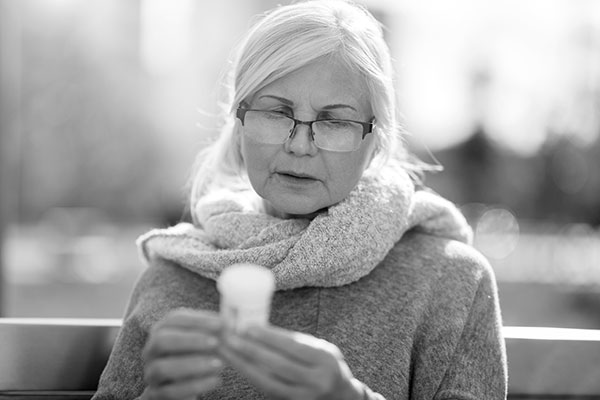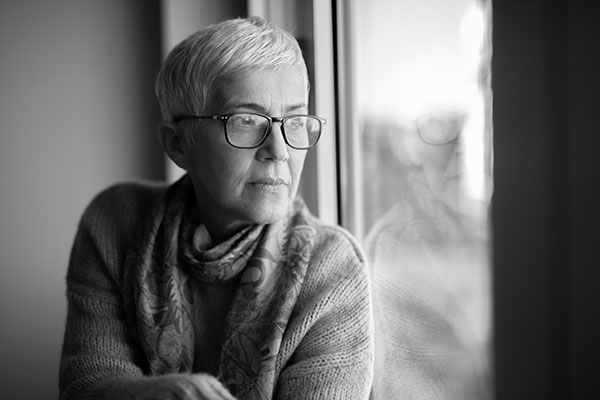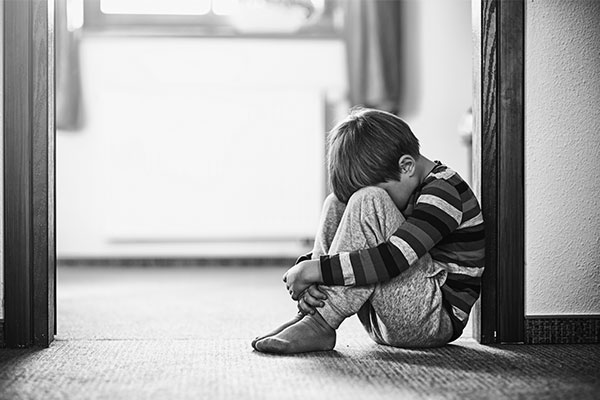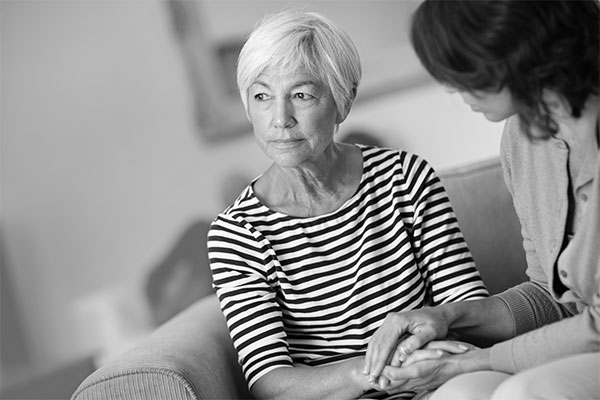The Impact of Aging

Globally, the population is aging rapidly. Between 2015 and 2050, the proportion of the world’s population over 60 years will nearly double, from 12% to 22%. Mental health and well-being are as important in older age as at any other time in life.
Important information to know regarding aging…
- It is estimated that 20% of people age 55 years or older experience some type of mental health concern. The most common conditions include anxiety, severe cognitive impairment, and mood disorders (such as depression).
- Older men have the highest suicide rate of any age group. Men aged 85 years or older have a suicide rate of 45.23 per 100,000, compared to an overall rate of 11.01 per 100,000 for all ages.
- Depression, a type of mood disorder, is the most prevalent mental health problem among older adults. It is associated with distress and normal age-related losses, such as grief over the death of loved ones, diminished physical capacity, loss of meaningful purpose in life, etc. It also can lead to impairments in physical, mental, and social functioning.
- The presence of depression often adversely affects the course and complicates the treatment of other chronic diseases. Older adults with depression visit the doctor and emergency room more often, use more medication, incur higher outpatient charges, and stay longer in the hospital.
- There is a high correlation between depression and cardiac events, stroke and other chronic physical health conditions.
- Although the rate of older adults with depressive symptoms tends to increase with age, depression and diminished health is not a natural occurrence in the same way we can expect noticeable changes in eyesight, joint mobility, etc. Rather, in 80% of cases it is a treatable condition. Unfortunately, depressive disorders are a widely under-recognized condition and often are untreated or undertreated among older adults.
The Center For Disease Control has established a Behavioral Risk Factor Surveillance System through which states collect data on the mental health of older adults. There are three core components that look at 1) social and emotional support; 2) life satisfaction; and 3) the number of mentally unhealthy days.
Social and emotional support serves as a protective factor for several major functions, including emotional support (e.g., sharing problems or venting emotions), informational support (e.g., advice and guidance), and instrumental support (e.g., providing rides or assisting with housekeeping). Adequate social and emotional support is associated with reduced risk of mental illness, physical illness, and mortality. People who perceive their friends and family members as supportive during times of need have a stronger sense of meaning in their lives.
Among adults age 50 or older, men were more likely than women to report they “rarely” or “never” received the support they needed.
Life satisfaction is the self-evaluation of one’s life as a whole, and is influenced by socioeconomic, health, and environmental factors.
Adults age 50 to 64 were more likely than adults age 65 or older to report that they were “dissatisfied” or “very dissatisfied” with their lives.
Frequent mental distress may interfere with major life activities, such as eating well, maintaining a household, working, or sustaining personal relationships.
Frequent mental distress (FMD) can also affect physical health. Older adults with FMD were more likely to engage in behaviors that can contribute to poor health, such as smoking, not getting recommend amounts of exercise, or eating a diet with few fruits and vegetables.
Depression is more than just a passing mood. Rather, it is a condition in which one may experience persistent sadness, withdrawal from previously enjoyed activities, difficulty sleeping, physical discomforts, and feeling “slowed down
Risk factors for late-onset depression included widowhood, physical illness, low educational attainment (less than high school), impaired functional status, and heavy alcohol consumption.
Depression is one of the most successfully treated illnesses. There are highly effective treatments for depression in late life, and most depressed older adults can improve dramatically from treatment.
Anxiety, like depression, is among the most prevalent mental health problems among older adults. Anxiety in this age group may be underestimated because older adults are less likely to report psychiatric symptoms and more likely to emphasize physical complaints.






















